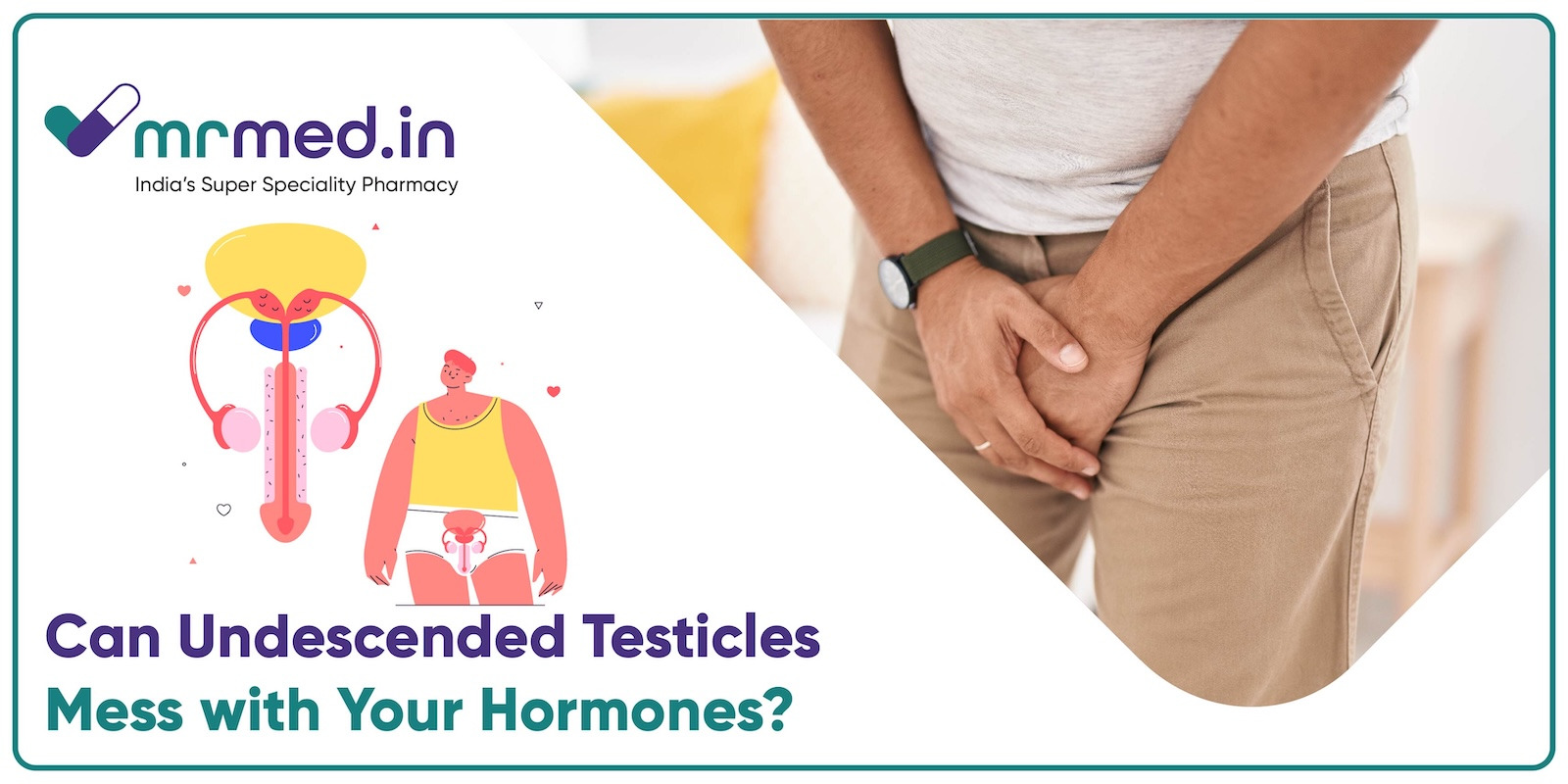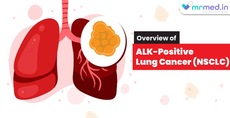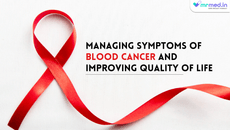Cryptorchidism, or undescended testicles, is a common condition in pediatric and adolescent populations, often perceived as a simple anatomical issue. However, recent research suggests a more complex connection to hormonal imbalances. The condition may not only be a symptom of underlying endocrine disruption but could also predispose individuals to future hormonal complications.
Understanding the relationship between undescended testicles and hormone regulation is crucial for effective treatment, early intervention, and long-term fertility and hormonal health. This article explores the causes, implications, and medical approaches to managing this condition.
What are undescended testicles?
Undescended testicles occur when one or both testicles fail to move into the scrotum before birth. It’s among the most common birth conditions affecting male infants, particularly those born prematurely. In most cases, the testes descend within the first few months of life.
However, if they haven’t descended by six months, medical evaluation becomes necessary. There are different forms of undescended testicles, such as:
- Congenital cryptorchidism: Present at birth.
- Acquired cryptorchidism: Testes were previously in the scrotum but ascend later.
- Retractile testicles: Can move in and out of the scrotum but are not truly undescended.
While the condition often resolves spontaneously, persistent cases warrant investigation due to potential risks, including infertility, testicular cancer, and hormonal disruption.
What is the hormonal regulation of testicular descent?
Testicular descent is a hormone-dependent process that unfolds in two main phases:
- Transabdominal Phase: Guided primarily by anti-Müllerian hormone (AMH) secreted by Sertoli cells.
- Inguinoscrotal Phase: Governed largely by androgens such as testosterone, influenced by luteinising hormone (LH) and human chorionic gonadotropin (hCG).
A disruption in any of these hormonal signals can impair the descent mechanism. For instance, a deficiency in LH or a malfunction in androgen receptors may prevent the testes from reaching their final destination in the scrotum.
What is the link between undescended testicles and hormonal imbalances?
The relationship between undescended testicles and hormonal imbalance is bidirectional. In some cases, endocrine dysfunction is the root cause of testicular maldescent.
In others, the presence of cryptorchidism contributes to subsequent hormonal irregularities. Primary causes include:
- Hypogonadotropic hypogonadism: Reduced secretion of gonadotropins from the pituitary can impede testicular descent.
- Androgen insensitivity syndrome: Even when testosterone is produced, resistance at the receptor level can mimic hormonal deficiency.
- Genetic syndromes: Conditions like Kallmann syndrome are known to affect both gonadotropin levels and testicular positioning.
Conversely, undescended testes may themselves undergo impaired development due to suboptimal temperature exposure, leading to:
- Poor Leydig cell function (reduced testosterone production)
- Altered Sertoli cell activity (impacting sperm and inhibin B levels)
These changes may not only affect puberty and fertility but could also lead to lifelong hormonal imbalance if not addressed promptly.
What are the long term effects of endocrine disruption?
Men with a history of undescended testicles—especially if untreated—are at greater risk for hormonal insufficiency. Key complications include:
- Reduced testosterone levels: Contributing to low libido, fatigue, and muscle weakness.
- Infertility: Due to defective spermatogenesis.
- Testicular atrophy: Which further decreases hormonal output.
Timely intervention significantly mitigates these risks. Orchidopexy (surgical repositioning of the testicle) is most effective when performed before one year of age. However, hormonal therapies are also considered in selected cases to stimulate descent and support normal endocrine development.
What is the hormone treatment for cryptorchidism?
While surgery remains the cornerstone of cryptorchidism treatment, hormonal therapy has been explored as an adjunct or alternative in early cases. Exogenous hormones like hCG and GnRH (gonadotropin-releasing hormone) may help promote testicular descent by mimicking natural endocrine signals.
One such formulation is the Hucog HP 10000IU Injection, which contains Chorionic Gonadotropin. This injection functions similarly to the luteinising hormone, stimulating the Leydig cells of the testes to produce testosterone.
In certain prepubertal boys with hormonal deficiencies contributing to cryptorchidism, such therapy may be trialled to facilitate descent or improve testicular function. However, its use is highly case-specific and must be guided by paediatric endocrinologists or urologists.
What are the diagnostic tests for undescended testicles?
The evaluation of a child or adolescent with undescended testicles often includes hormonal profiling to identify or rule out endocrine causes. These tests may include:
- Serum LH and FSH levels
- Testosterone concentration
- Inhibin B and AMH levels
- GnRH stimulation test
- Imaging studies like ultrasound or MRI
A comprehensive hormonal workup ensures that the chosen treatment addresses not only the anatomical concern but also any underlying systemic dysfunction.
How to prevent undescended testicles?
While not all cases of undescended testicles are preventable, parental awareness and prompt medical attention play crucial roles. Factors that increase the likelihood of cryptorchidism include:
- Premature birth
- Low birth weight
- Maternal smoking or alcohol use during pregnancy
- Family history of genital abnormalities
Early diagnosis enables timely intervention, which can dramatically improve outcomes—not only for fertility but for lifelong hormonal balance.
Wrapping up
Cryptorchidism is more than a physical abnormality; it may signal an underlying endocrine dysfunction affecting reproductive and hormonal health. While surgery is the primary treatment, addressing hormonal aspects through careful diagnosis and therapy can enhance care. Early recognition and comprehensive management are crucial for preserving hormonal health and fertility in affected individuals.




